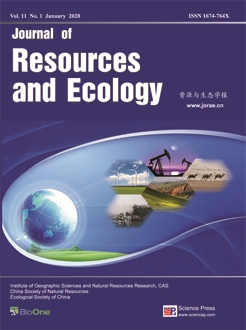We investigated the effects of climate change on the distribution of the Asiatic ibex (Capra sibirica) in eastern Tajikistan. No existing climate change studies have been conducted on the habitat of a wild goat species in Asia. We conducted ecological niche modelling to compare potential present and future distributions of suitable environmental conditions for ibex. Projecting to 2070, 18% (2689 km2) of the current suitable areas would be lost, mostly located in the southeastern and northwestern regions of the study area. However, new suitable habitats could expand outside the current ibex range —about 30% (4595 km2) expansion until 2070. We found that the elevation, terrain roughness, seasonal temperature, and precipitation of warmest quarter were the most important factors in the models and had strong correlations to ibex distribution. The losses in the southeastern portion overlapped most of the current locations of ibex in that region. These losses were observed in the much lower elevations of the study area (3500 m to 4000 m). When considering both loss and gain, the ibex could see a net expansion to new suitable habitats. About 30% (1379 km2) of the average habitat gains for the Asiatic ibex in 2070 showed a shift to northern lower temperature habitats. Our results are beneficial in planning for the potential effects on biodiversity conservation in the eastern mountain region of Tajikistan under climate change scenarios. Special attention should be given to the ibex populations in the southeastern region, where habitats could become unsuitable for the species as a result of the climate-induced effects on the mountain ecosystem.
How to translate text using browser tools
27 January 2020
Response of Asiatic Ibex (Capra sibirica) under Climate Change Scenarios
Eric Ariel L. Salas,
Raul Valdez,
Stefan Michel,
Kenneth G. Boykin
ACCESS THE FULL ARTICLE
ensemble forecasting models
global climate change
mountain ungulates
Pamir Mountains
species distribution modeling





